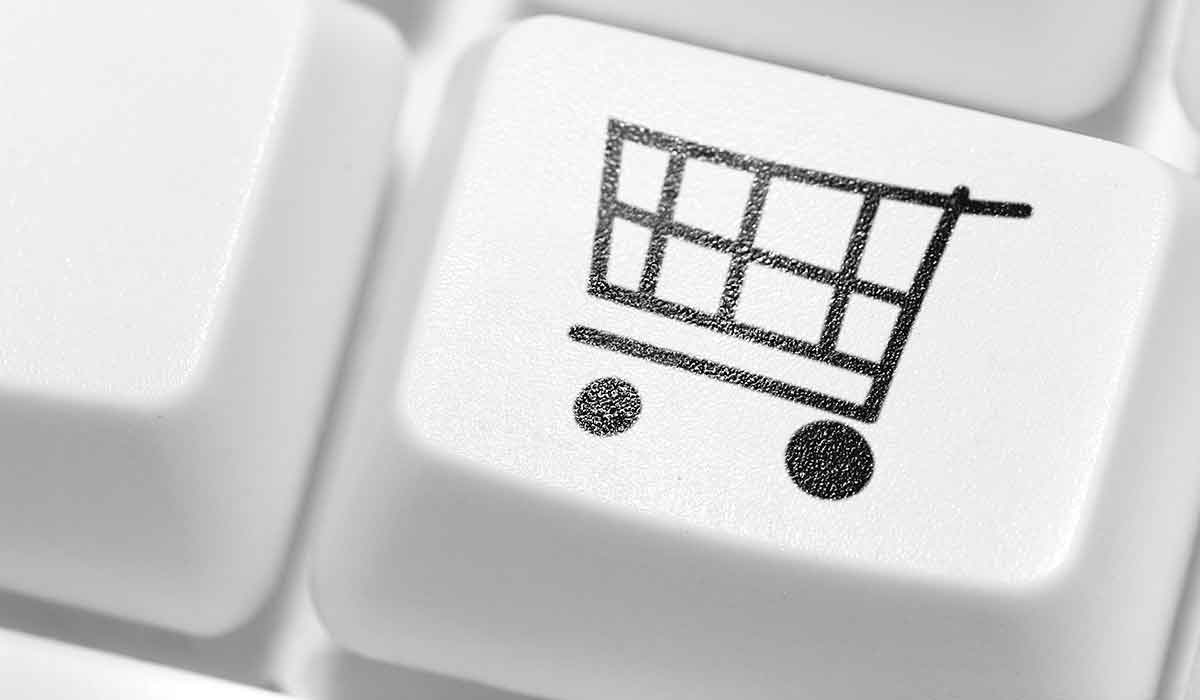eCommerce in Latin America offers perspective on how Amazon changed the landscape in the U.S.
Amazon (AMZN) has been around since basically since the dawn of the internet — July 5, 1994 to be exact. While its impact was felt through numerous iterations of the business model, it wasn’t until 2005 when Amazon launched its Prime offering that the internet retailer began to alter the landscape of online shopping, lofting it to the epicenter of our Digital Lifestyle investment theme (among several others). What the Amazon Prime service did exactly was remove the major sources of friction with online shopping — shipping and handling fees, the delay in receipt of purchase, and the process of returning unwanted items.
To understand exactly how Amazon has changed the landscape, and offer some perspective on where things sit today, just look at this interview by eMarketer with representatives from eBay, PayPal and OLX Brasil discussing the challenges of managing an eCommerce business in Latin America:
Andrea Stairs, General Manager, Canada and Latin America, eBay: From eBay’s perspective, anything that causes barriers or frictions to online global trade weakens the growth of ecommerce for the Latin American region. Shipping, for example, can be a challenge for Latin American sellers looking to export, as they need to find the right balance between speed and cost to keep their business competitive while offering great customer service. Local postal services may offer competitive pricing at the expense of speedy delivery and tracking accuracy, while private carriers can be expensive.
Andries Oudshoorn, CEO, OLX Brasil: Logistics and reliability are a key barrier for the continued growth of ecommerce in Latin America. Many Latin Americans do not yet experience the reliable and fast delivery times that are common in more mature ecommerce markets. Another important barrier has to do with culture, especially when it comes to used goods. Traditionally, Latin American consumers were not used to selling things they no longer needed.
Lucas Medola, CFO, LATAM, PayPal: Undoubtedly, one of the biggest limitations for Latin American consumers is security. This is still an important issue since the cost of cybercrime around the world will reach $2.1 billion. Even though ecommerce offers consumers a number of possibilities, it has also become fertile ground for online scams. They are even more commonplace especially for those consumers who are not used to surfing the web in search of offers.
Source: Marketers’ Roundtable: The Secrets to Success in Latin America’s Ecommerce Market | eMarketer Retail
Shipping and handling fees. Delivery logistics. Secure payments. Sound familiar? Three issues that Amazon (AMZN) was at the forefront in figuring out in the United States. What’s at stake in Latin America? According to a recent forecast by eMarketer, a 17.9% growth in eCommerce to $53.20 billion this year, with projections to reach $82.33 billion by 2022.
What’s at stake in Latin America? According to a recent forecast by eMarketer, a 17.9% growth in eCommerce to $53.20 billion this year, with projections to reach $82.33 billion by 2022. This taps into our Rise of the New of Middle-Class investment theme and the explosion in consumerism around the globe as folks acquire the means to move beyond just purchasing the goods and services they need and start buying the things they want.
As we’ve seen with telecom in emerging markets — where consumers jumped right over wired telecom and went straight to mobile — we are expecting that eCommerce will be the dominant force rather than brick and mortar retail. Of course, this all assumes someone figures out shipping and handling, logistics and security.




